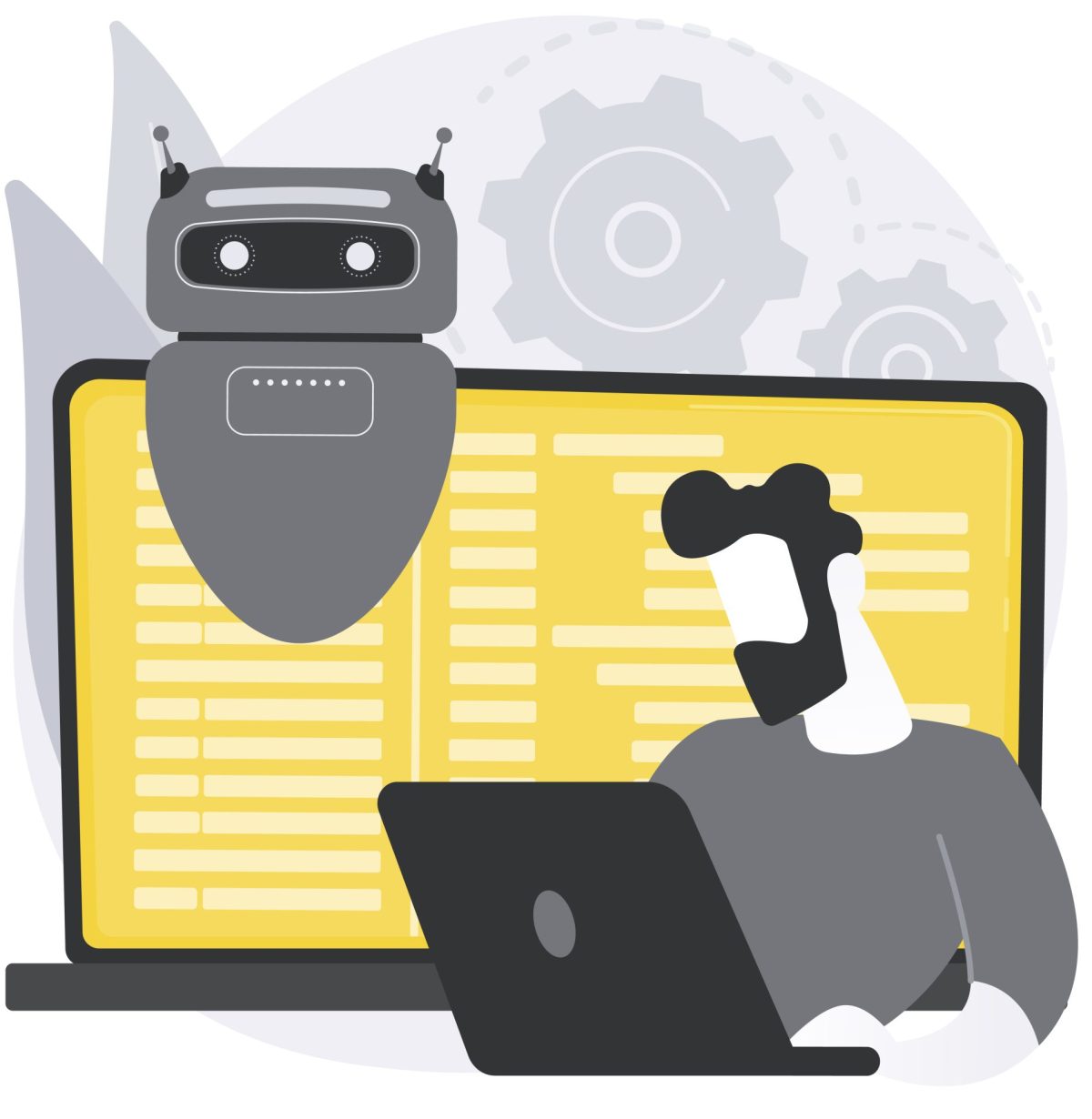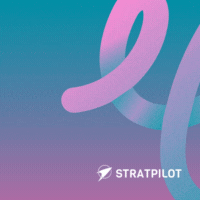As we enter 2026, organisations across industries are dealing with increasingly complex compliance standards, governance requirements, and internal operational procedures. Policy documentation has become a critical aspect of ensuring clarity, accountability, and consistency across teams. However, many businesses still rely on lengthy manual documentation processes, resulting in outdated policies, unclear guidelines, and inconsistent interpretation across departments. This is where AI for Policy Documentation is transforming the landscape. By leveraging advanced language models, structured workflows, and intelligent knowledge systems, businesses can streamline the way policies are created, updated, managed, and shared. Instead of spending weeks rewriting documents, organisations can now produce precise, clear, and compliance-ready policy documents in hours.
This blog explores what AI for Policy Documentation means, key use cases, benefits, challenges organisations face when not using AI, and how Stratpilot supports teams in building structured, accurate, and easy-to-manage policy frameworks.
What is AI for Policy Documentation?
AI for Policy Documentation refers to the use of artificial intelligence tools, particularly natural language processing (NLP), machine learning models, and knowledge management algorithms to create, review, update, store, and analyse policy-related documentation. These policies may include internal HR policies, standard operating procedures (SOPs), legal compliance manuals, financial guidelines, or safety protocols.
AI assists by:
1. Drafting new policies from structured prompts or compliance frameworks
2. Ensuring wording is accurate, consistent, and compliant with industry regulations
3. Identifying outdated or conflicting statements within existing documentation
4. Suggesting improvements based on real-time regulatory updates
5. Making policy information searchable and easily accessible across departments
The goal is to help organisations maintain clear, reliable documentation without the manual burden of constantly re-writing or deciphering policies.
Use Cases of AI for Policy Documentation
1. Creating Standard Operating Procedures (SOPs)
AI can generate SOPs tailored to operational workflows. By inputting task steps, department roles, and process rules, organisations can produce clear, structured documentation that employees can follow without confusion. This ensures consistency in operations, training, and compliance.
2. HR Policy and Employee Handbook Development
Human resources teams frequently update handbooks due to changing laws, benefits, training guidelines, or organisational changes. AI ensures that updates are applied uniformly and terminology remains professional and compliant.
3. Industry and Regulatory Compliance Manuals
Industries like healthcare, finance, pharmaceuticals, and manufacturing must comply with evolving regulations. AI systems can detect policy gaps and ensure that updates are aligned with regulatory frameworks, reducing compliance risks.
4. Central Knowledge Repository for Internal Teams
Policies often become scattered across multiple folders and communication channels. AI helps centralise policies into searchable knowledge hubs where employees can quickly find the correct version of any document.
Benefits of AI for Policy Documentation
1. Improved Accuracy and Reduced Human Error
AI ensures language precision, removes contradictions, and creates standardised formats that reduce interpretation mistakes.
2. Faster Policy Creation and Updating
What once required days or weeks of manual rewriting can now be achieved in hours. Teams stay agile and up-to-date.
3. Enhanced Compliance and Regulatory Alignment
AI tools can flag outdated clauses and suggest guidelines aligned with updated laws or standards, thereby minimising compliance violations.
4. Better Accessibility and Employee Adoption
By centralising documentation and clarifying language, organisations improve employees’ understanding and engagement with policies.
Challenges Without AI-Driven Policy Documentation
(Polish title without repeating original phrasing, but meaning remains aligned)
Organisations that do not adopt AI-driven policy documentation often encounter several operational and compliance-related challenges:
1. Inconsistency Across Departments: Different teams may interpret policies differently, leading to uneven practices across the organisation.
2. Slow and Manual Revision Cycles: Policies become outdated quickly when relying solely on manual revision processes.
3. High Risk of Compliance Errors: Without automated cross-checking, organisations may unintentionally violate regulatory standards.
4. Difficulty in Locating Documents: Searching for the latest version of any policy often becomes time-consuming and frustrating.
5. Lower Employee Adoption Rates: When policies are complicated or unclear, employees tend to ignore them, impacting accountability and productivity.
How Stratpilot Supports Effective Policy Documentation
(reworded heading as requested while retaining meaning)
Stratpilot is designed to help teams streamline knowledge documentation, structure workflows, and improve clarity across all policy-related content. With structured templates, adaptive writing assistance, and a smart knowledge workspace, Stratpilot enables teams to:
1. Draft clear and consistent policies aligned with organisational frameworks
2. Convert raw process steps into well-written SOPs
3. Maintain centralised repositories for instant access to current policies
4. Update documents efficiently without starting from scratch
5. Ensure transparency and standardisation across the organisation
Stratpilot empowers HR, compliance leads, operations managers, and department heads to maintain structured policy documents with minimal effort and maximum consistency.
Request a demo for Stratpilot today
See how effortlessly your organisation can build, update, and manage accurate policies without the manual strain.
Frequently Asked Questions (FAQs)
Q1. How often should policy documentation be updated?
Policy documentation should be reviewed at least annually or whenever major organisational, regulatory, or procedural changes occur. Using AI tools makes this revision process faster and more accurate.
Q2. Which departments benefit most from policy documentation tools
Departments such as HR, Operations, Legal, Compliance, Finance, and Quality Assurance gain the most value because they rely heavily on consistent and accurate documentation.
Q3. Does using AI for documentation eliminate the need for human review
No. AI assists with drafting, formatting, and compliance alignment, but final approvals should always come from designated policy owners or legal teams.
Q4. How does AI ensure compliance with industry regulations?
AI identifies outdated clauses, references legal frameworks, suggests structured language, and highlights inconsistencies. However, compliance experts should still validate the final version.
Q5. Can existing policies be migrated into an AI-supported system?
Yes, Stratpilot supports importing and restructuring existing documents to ensure clarity and accessibility.





